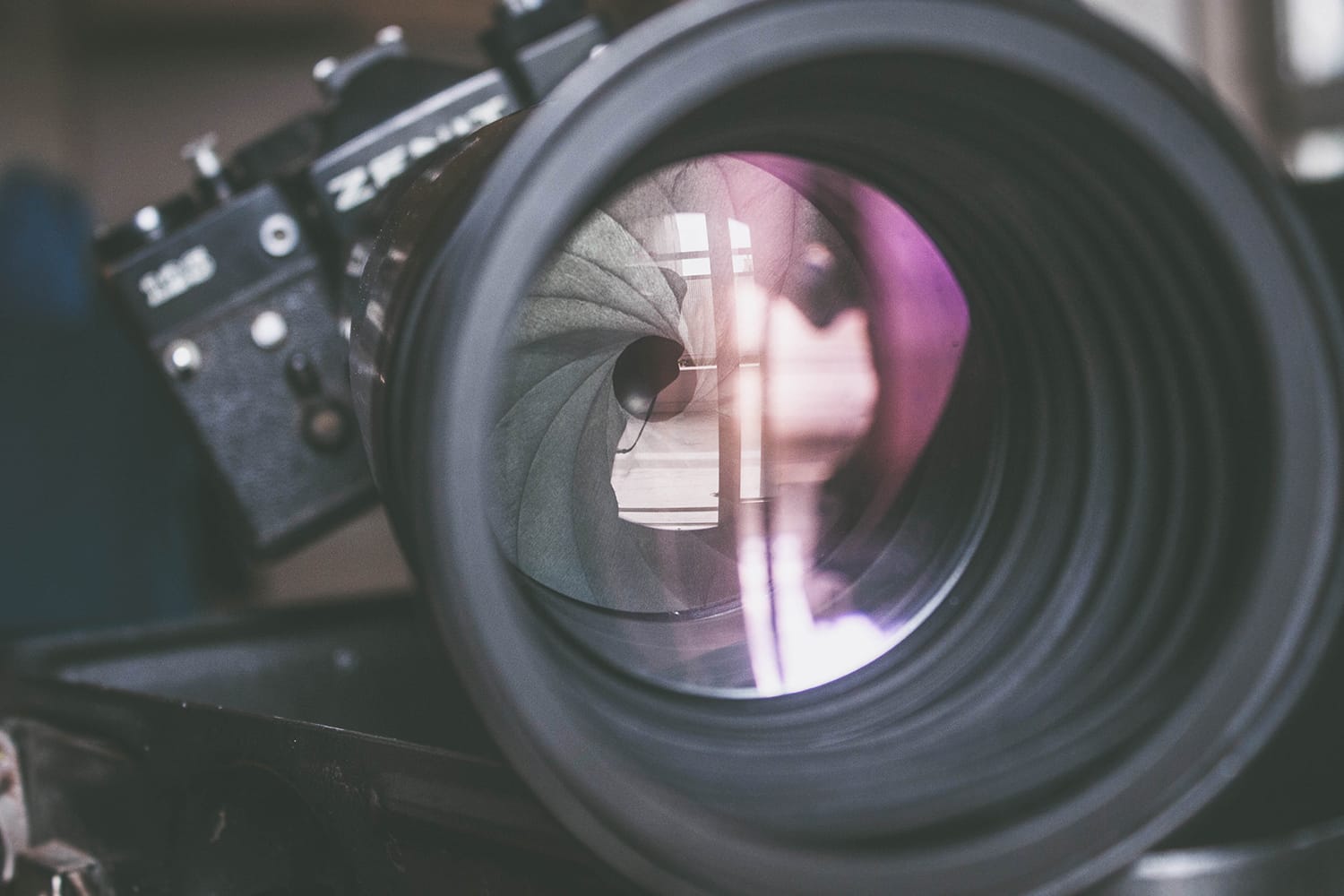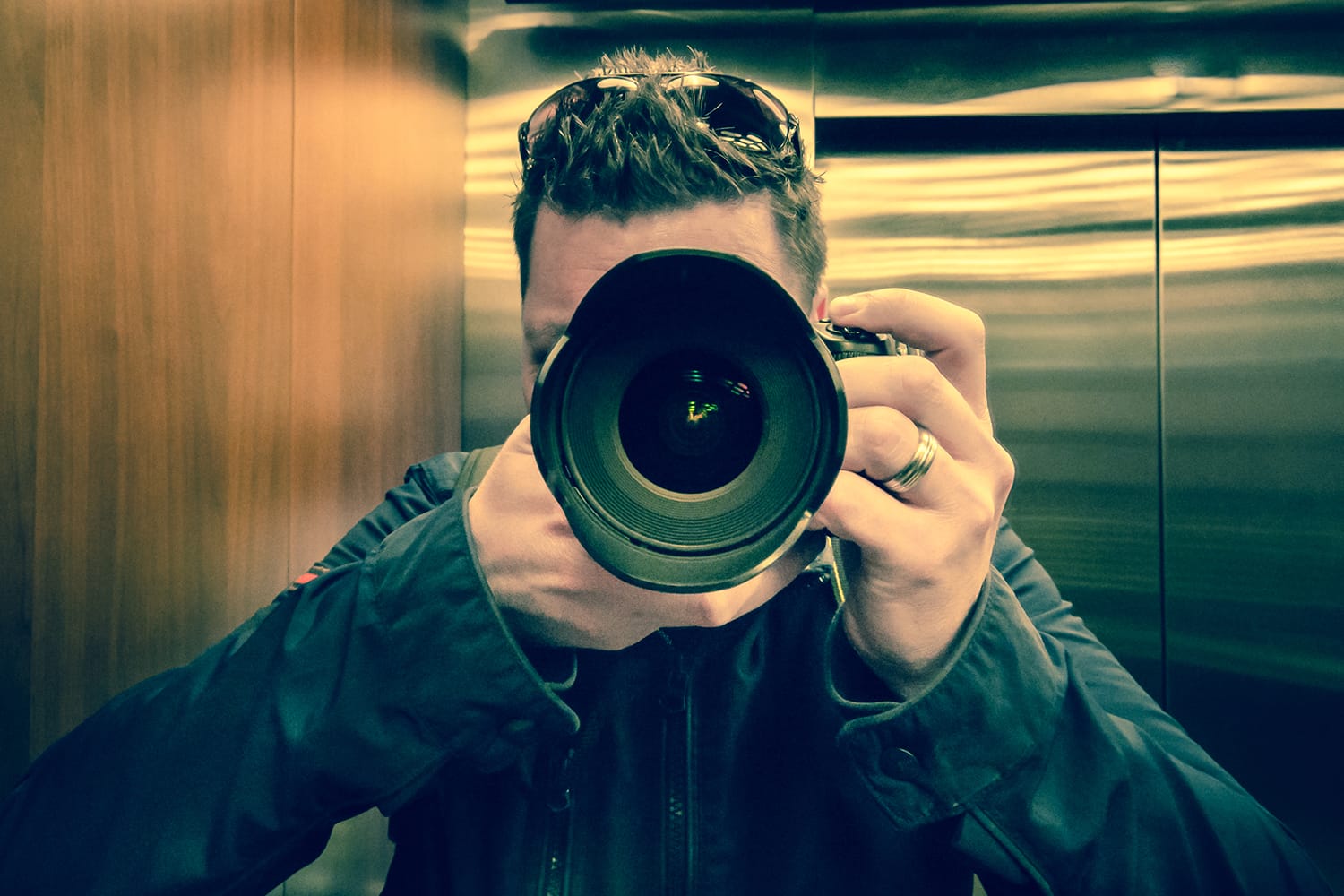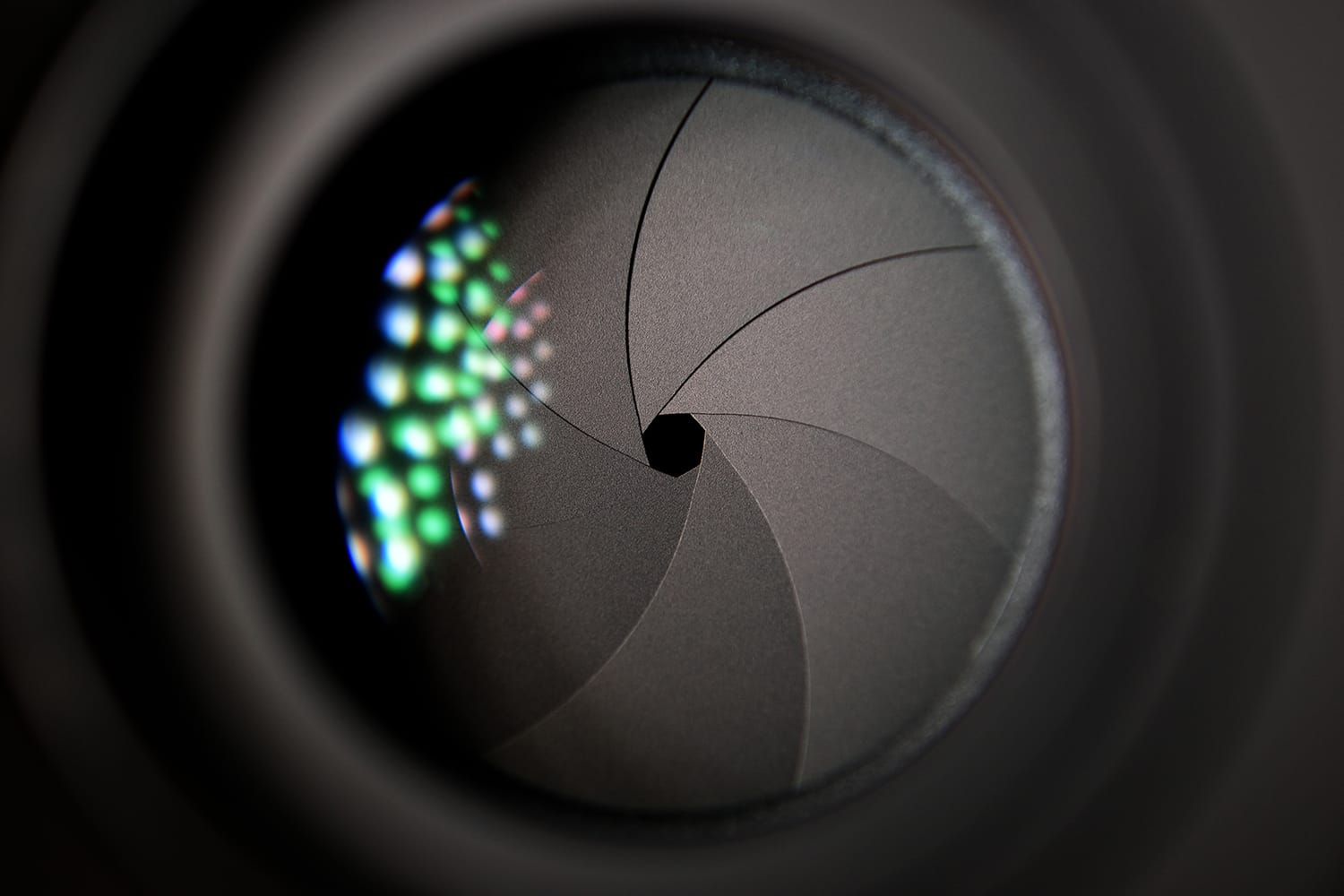How to Achieve Perfect Focus. Every. Single. Time.
The autofocus on modern DSLRs and lenses is an amazing thing. It’s extremely quick and remarkably accurate. Most people think that focusing is a simple enough procedure – just half press the shutter button and wait for the focusing points to light up.
But to get really accurate focusing for all photographic situations, you need to know and understand the focusing system in more detail.
Most DSLR systems autofocus using a system known as Passive autofocus, which determines the distance to the subject by computer analysis of the image. This is an extremely sophisticated system and most pro photographers will happily rely on autofocus because of its accuracy.

However, you do need to remember that passive autofocus needs light and image contrast in order to work. So if you tried, for instance, to focus on a blank wall the camera’s autofocus won’t work, as it will have no adjacent pixels to compare the wall to.
Autofocus Points
As previously mentioned, the camera’s autofocus is activated by half pressing the shutter button, whereupon the autofocus points will light up (either in the viewfinder or on the LCD screen, depending on your camera). The number of autofocus points that a camera has varies hugely depending on the model. The older DSLRs may only have three points, whilst some of the newest models have over sixty!
When your camera is in automatic AF (autofocus) selection mode, you’ll know where the camera is focusing by which of the AF points light up (usually in red or green). Letting the camera decide where to focus is absolutely fine in some situations. If you’re shooting a landscape with a large depth of field, for example, your whole photograph will be sharp. So, in this case, where the camera focuses is less important.
As a rule of thumb, my cameras are usually set to the centre AF point. However, in many situations, having control over where your camera is focusing is vital. If you’re shooting a classic head and shoulders shot with a small depth of field, then it’s essential that the eyes are pin sharp.

To achieve this, you need to switch to using manual AF selection. Using manual selection, you can manually select a single AF point to ensure that the right area of your photograph is sharp. I prefer to use manual AF selection for all my shots as I find it more accurate.
Many of the modern cameras with a larger number of AF points allow you to select not only a single AF point but also groups of points. Autofocus systems are becoming increasingly sophisticated, meaning that it’s increasingly difficult to actually get your shot out of focus!
However, it’s not in the slightest bit essential to have a large number of autofocus points. Yes, it’s helpful, but most pros managed fine when there were only a minimal number of AF points.
Autofocus Modes
In addition to AF points, you need to understand the different autofocus modes on your camera in order to get the best out of the focusing system. DSLRs usually have three modes but bear in mind that if you have a bridge camera the automatic mode may be absent.

-
One Shot / Single Shot / AF-S
This is the most commonly used of the autofocus modes and is what most DSLRs will default to. Single shot mode is designed for use with static subjects, such as landscapes or still life. It’s an easy mode to use, but you must remember that the camera will need to be re-focused every time you move the camera.
-
AI Servo / Continuous / AF-C
The AI Servo (Canon) or AF-C (Nikon) mode is for use with moving subjects (such as sports or wildlife photography). It works in the same way as all focusing modes as you must start by half-pressing the shutter button to activate focusing. However, in the continuous mode the camera will keep re-focusing as you move it and track your subject. You need to remember that, in this mode, there will be no beeps from the camera or lights in the viewfinder when you focus. And the camera will only keep re-focusing if you keep the shutter button half-pressed at all times.
-
AI Focus / Automatic / AF-A
This is undoubtedly the most useful of the three modes but, as mentioned above, not all cameras have it. It is simply an automatic mode that remains in single shot mode until a subject moves, at which point it automatically switches to continuous mode. Note that the camera will usually emit a soft beep once focused. It is particularly useful for using when photographing small children or pets, both of which have a tendency to suddenly start moving!
In conclusion
By combining your knowledge of autofocus points and modes, you’ll be able to ensure that all your shots are sharp with minimal effort. It’s worth taking the time when you get a DSLR to set it up properly. Good focusing is an essential element of photography.
